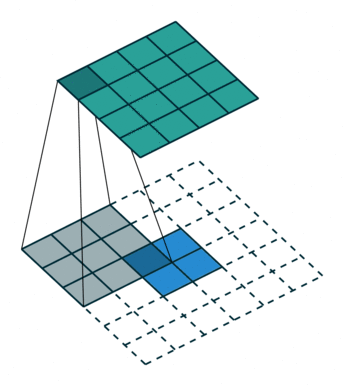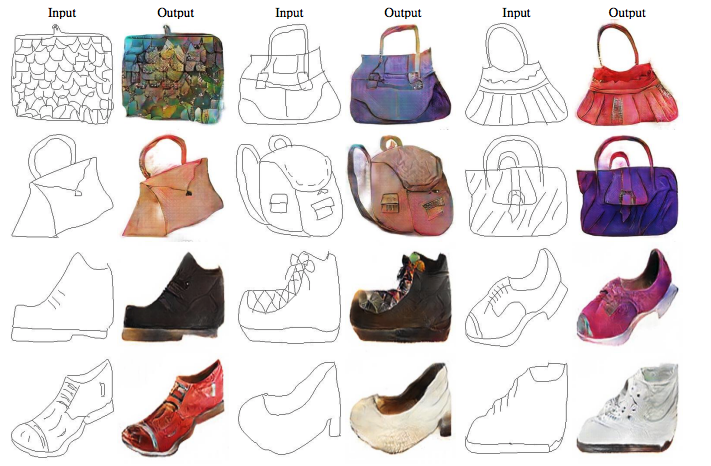Generative adversarial networks (GANs)¶

What are GANs:¶
GANs are Neural Network architecture comprised of two networks: generator and discriminator, that are pitted against each other. original paper
One way to think about GANs is the competition between a cop and a counterfeiter. Both learning new tricks aimed to gain advantage. This produces and double feedback loop.
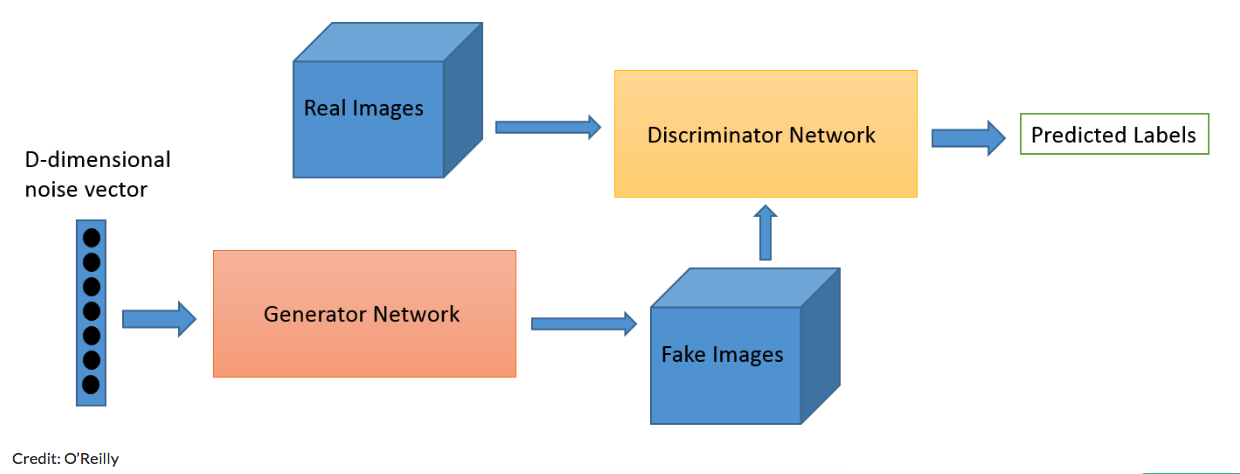 Great intro from deeplearning4j
Great intro from deeplearning4j
Objective is to produce a generator that produces high authenticity samples¶
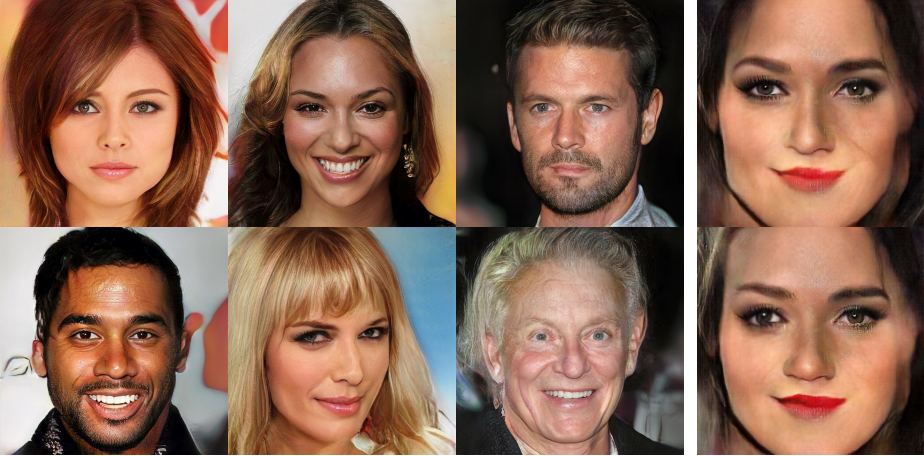 Samples generated based on CelebA dataset paper by NVIDIA
Samples generated based on CelebA dataset paper by NVIDIA
Other applications:¶
- Text to Image generation
- Image to Image translation
- Super-resolution images
Other generative models?¶
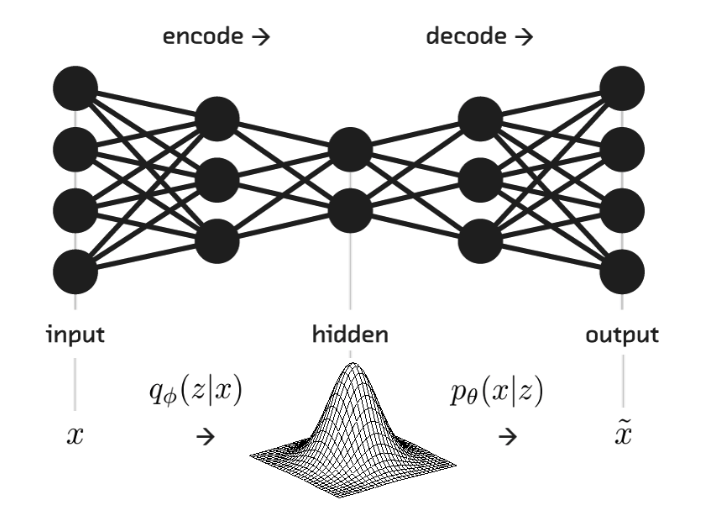
(Tends to produce blurry-ish images) typically attributed to the objective function difference
Training pseudo-code:¶

How it looks in the real code using TFGAN library¶
gan_model = tfgan.gan_model(
generator_fn,
discriminator_fn,
real_data=images,
generator_inputs=tf.random_normal([batch_size, noise_dims]))
vanilla_gan_loss = tfgan.gan_loss(
gan_model,
generator_loss_fn=tfgan.losses.minimax_generator_loss,
discriminator_loss_fn=tfgan.losses.minimax_discriminator_loss)
generator_optimizer = tf.train.AdamOptimizer(0.001, beta1=0.5)
discriminator_optimizer = tf.train.AdamOptimizer(0.0001, beta1=0.5)
gan_train_ops = tfgan.gan_train_ops(
gan_model,
improved_wgan_loss,
generator_optimizer,
discriminator_optimizer)
train_step_fn = tfgan.get_sequential_train_steps()
with tf.Session() as sess:
sess.run(tf.global_variables_initializer())
with slim.queues.QueueRunners(sess):
for i in range(num_steps):
cur_loss, _ = train_step_fn(
sess, gan_train_ops, global_step, train_step_kwargs={})

Difficulties in training, loss functions¶
To learn more:¶
- deeplearning4j nice overview, comprehensive list of papers, research directions
- TFGAN library understandable examples based on TF library
In [ ]:
# just potentially usefull animations
#